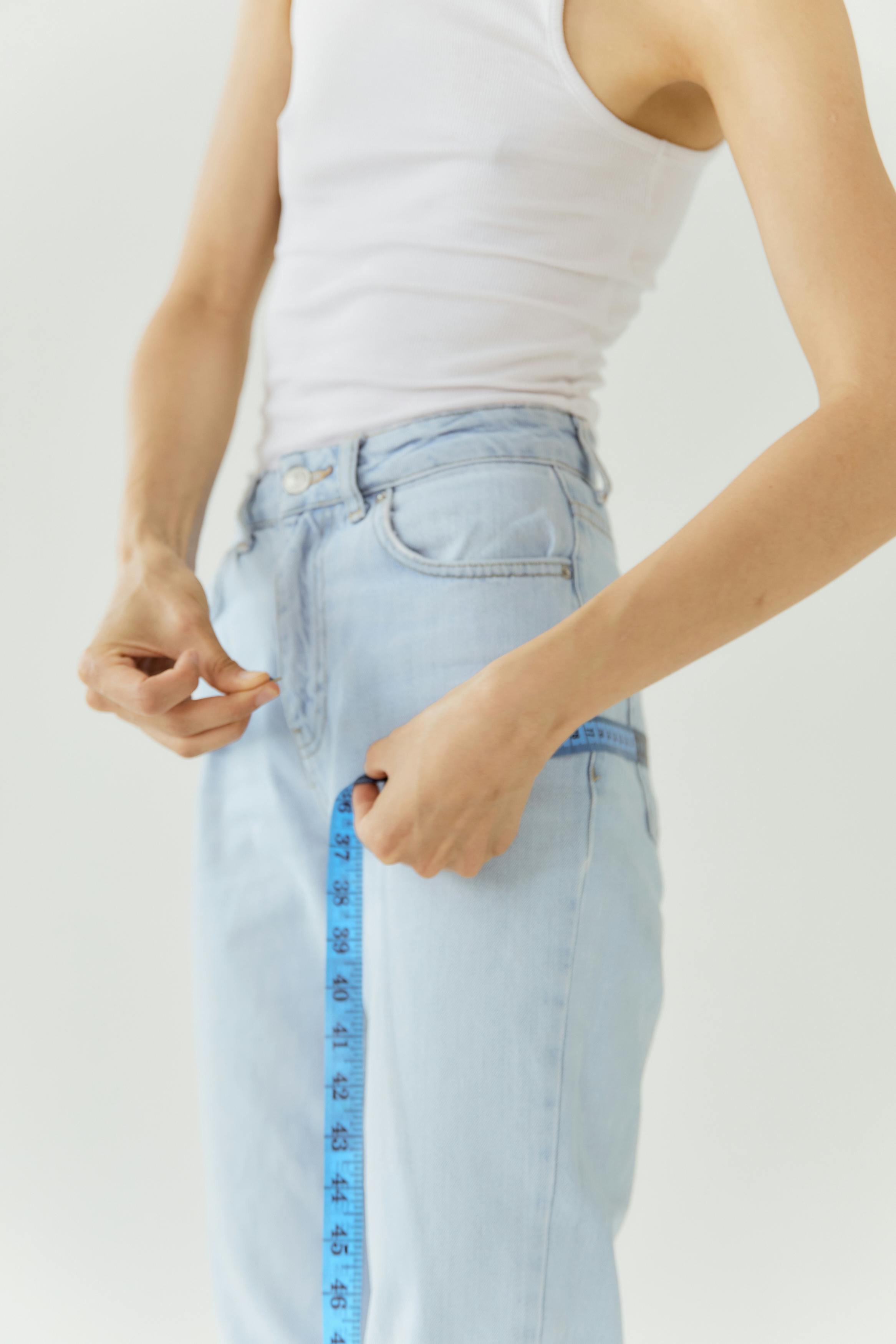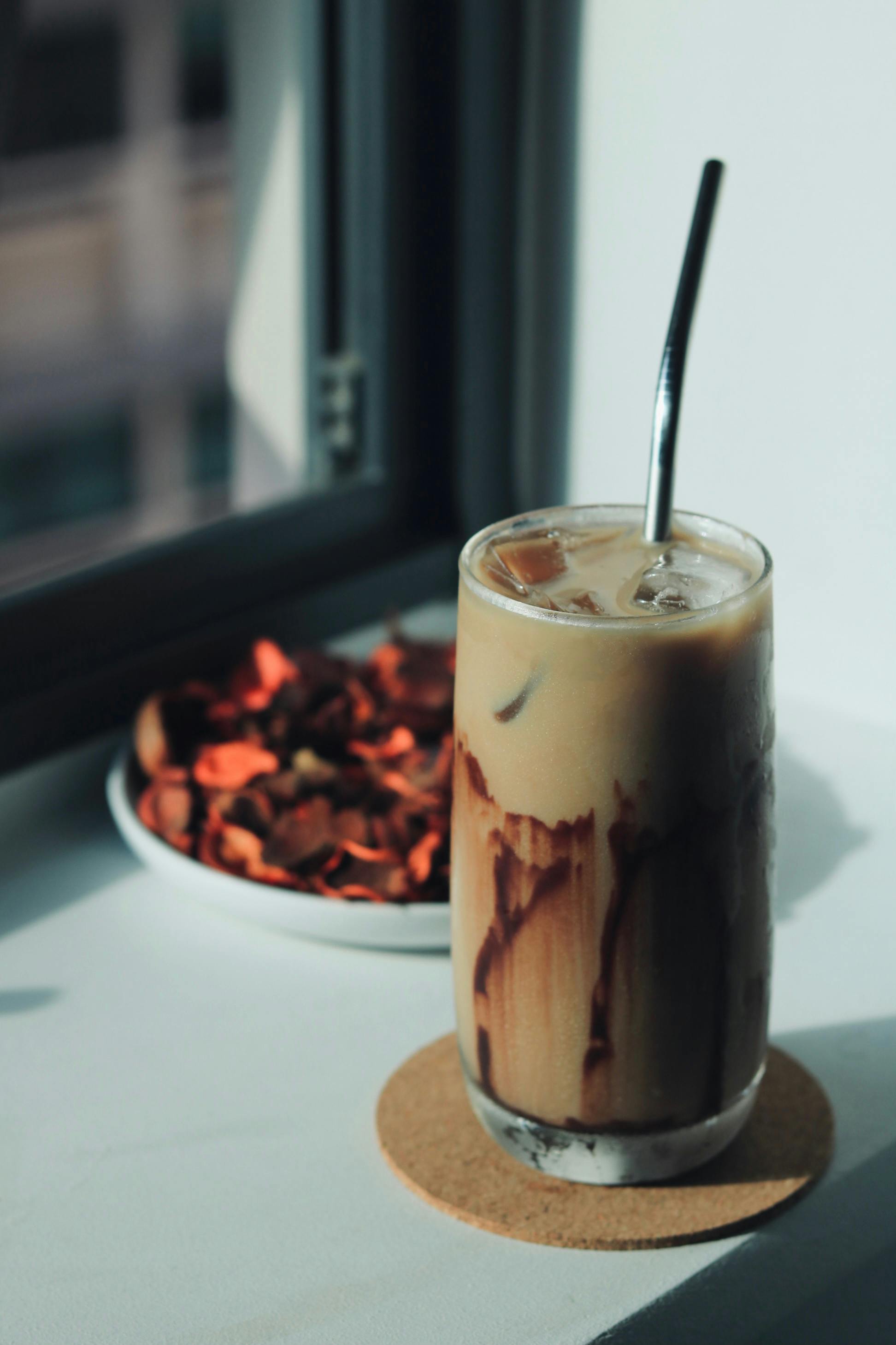Mastering the Fade Haircut for Perfect Grooming in 2025
The fade haircut has emerged as one of the most popular styles in men's and women's grooming, providing a clean and stylish look that adapts to various preferences and occasions. With its roots deeply embedded in barbershop culture, mastering the fade can elevate your grooming routine to new heights. In 2025, the fade haircut offers diverse options like low, mid, and high fades, allowing individuals to personalize their style. This article will serve as a comprehensive guide to understanding fade haircuts, covering techniques, maintenance tips, and more.
Whether you aim for a classic look or want to embrace trendy variations, perfecting your fade haircut can enhance your overall appearance. Through this tutorial, we'll explore essential fading techniques, tips for achieving an artistic yet professional look, and the best practices for maintaining your fade haircut.
Key takeaways include practical steps for implementing fade techniques at home, insights from professional barbers, and a step-by-step approach to achieving the best fade haircut tailored to your individual style requirements.
Understanding Fade Haircut Variations
To effectively master a fade, it's crucial to familiarize yourself with the different fade haircut variations available today. Each type comes with its distinctive techniques and results, appealing to diverse preferences.
Low Fade Haircut
The low fade haircut begins just above the ear and gradually decreases toward the nape of the neck. This style is a subtle option, providing a seamless blend between long hair on top and shorter sides, making it a popular choice for individuals looking for a more classic or professional appearance.
To achieve a low fade, start by selecting the right clipper guard size; a #2 or #3 guard is usually effective. Work slowly from the bottom up, ensuring an even blend. Always check for symmetry as you transition into longer lengths on top.
Mid Fade Haircut
The mid fade is placed in the middle of the head, balancing the fade's visibility and blending between lengths. It can be tailored for various styles, from curls to straight hair. The mid fade is versatile, making it a favorite among those who enjoy experimenting with different hairstyles.
For a successful mid fade, blending techniques are crucial. Use clipper-over-comb methods to refine the transition from short to long hair, ensuring there's no visible line between different lengths.
High Fade Haircut
A high fade is bolder and begins higher up on the head, emphasizing the top portion of the hair. This edgy look is perfect for those who want to make a statement and allows for creative freedom in styling the top hair.
To create a high fade, start with the clippers gradually moving from the sides to the top, making sure to adjust the guard size for an even blend. The key is to maintain balance while working through varying lengths.
Following these explanations, we transition to discussing essential barber techniques in executing these fades flawlessly.

Essential Barber Techniques for Fade Haircuts
Building on your understanding of fade variations, mastering specific barber techniques can significantly improve your fading skills. The following techniques will help you achieve professional results whether you're cutting at home or in a barbershop.
Blending Techniques
Blending is crucial when it comes to fading hair smoothly. One effective method is the "two clipper method," where two different guard sizes are used to transition seamlessly. Start with a longer guard for the hair on top, then switch to a shorter guard as you move down.
Scissor Fade Technique
The scissor fade is another method, especially appealing for those seeking a textured and more organic finish. This technique allows for greater control over the hair's length, making it ideal for curly or thick hair.
To perform a scissor fade, cut using shear or thinning shears, focusing on blending the longer sections into the shorter ones for a natural look.
Clipper Fade Technique
Using clippers effectively requires understanding their grades and how they impact fading. The clipper fade can produce clean lines and edges, enhancing the overall look. Choosing the best clippers for fade is crucial, as high-quality clippers ensure precision.
During use, hold the clippers at an angle and apply consistent pressure to achieve an even fade. Experimenting with various guard lengths will also provide insight into transitioning styles.
Now that we grasp these essential techniques, we delve into choosing the right fade haircut for different hair types.

Choosing the Right Fade Haircut Based on Hair Types
Understanding your hair type plays a vital role in selecting the most suitable fade haircut. Each hair type presents unique challenges and styling options that can influence the fading process.
Fade for Thick Hair
For individuals with thick hair, a textured fade can help manage volume while providing a stylish shape. The key here is ensuring that the fade is gradual to prevent an overwhelming appearance.
Fade for Thin Hair
If you have thin hair, opting for a low or mid fade can help add the illusion of volume while maintaining a neat and clean look. Using a texturizing product can enhance the fade and offer additional volume.
Curls and Fade Haircuts
Curls can be beautifully integrated into fade haircuts by utilizing blending techniques. The goal is to maintain the life and bounce of curls while achieving a clean fade.
As you consider your hair type, it’s important to communicate your preferences clearly during a haircut consultation to ensure optimal results.
Next, we'll explore practical tips for maintaining a fade haircut.
Maintaining a Fade Haircut for Long-Lasting Styles
With the fade haircut established, it’s essential to maintain your style to keep it looking fresh. Regular upkeep, paired with proper care, is crucial for sustaining the fade's appearance.
Haircut Maintenance Schedule
Scheduling regular visits to your barber for touch-ups is vital. About every 3-4 weeks is recommended to preserve the fade's sharpness and clean lines.
Hair Care Tips
Home care is equally important. Use sulfate-free shampoos and conditioners to keep your hair healthy, especially if styling products are frequently used. Regular trims will also help prevent split ends.
Aftercare for Faded Haircuts
Post-haircut aftercare is critical. Avoid washing your hair too frequently to maintain the natural oils that keep your hair healthy. Additionally, using a lightweight leave-in conditioner can enhance the overall appearance of the fade.
In conclusion, mastering a fade haircut is an achievable and rewarding endeavor with the right guidance. By understanding fade variations, barber techniques, and maintenance, you can ensure a lasting impact in the grooming world.
For more hair cutting tips and tutorials, check out our extensive collection of resources to enhance your hairstyling skills!
```